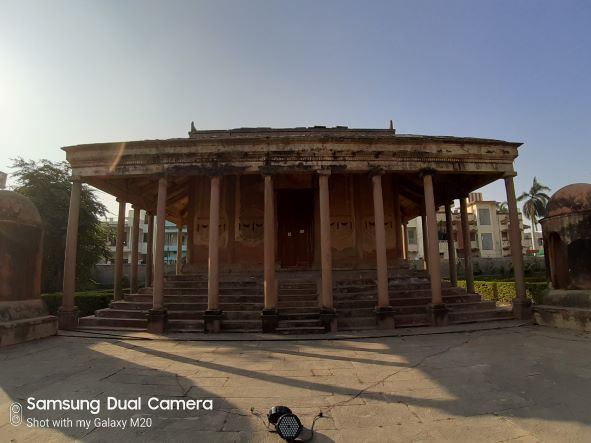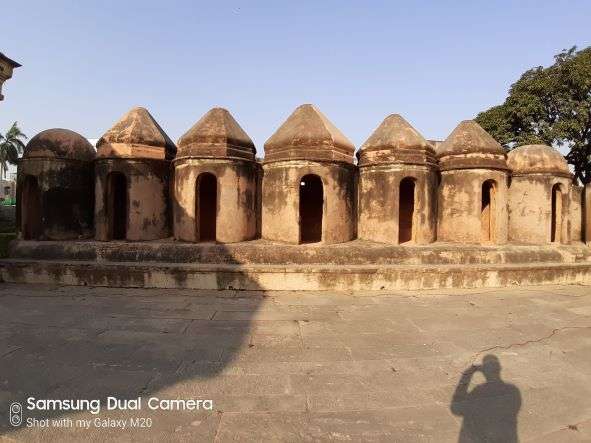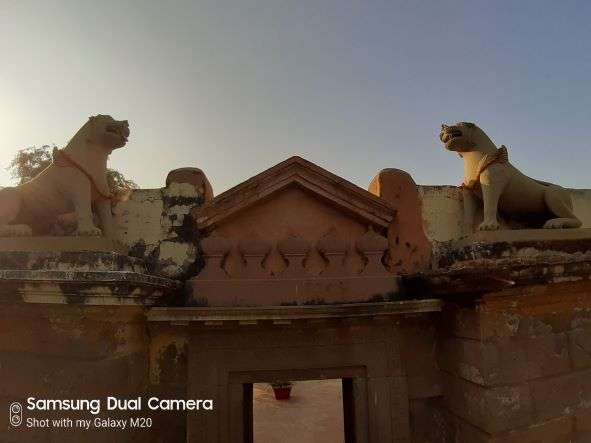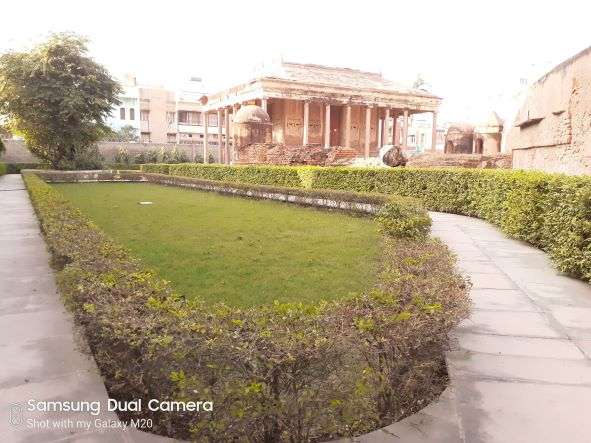The name “Gurudham” which literally means the “house of knowledge” is what makes this temple unique and one of its kind.

The most amazing fact about this temple is that there is no idol of God or Goddess existing in this temple. Surprised? If no Idols are there then what was the purpose of this temple?
If you are curious to know more about this unique and mysterious temple of Varanasi. Watch this Video which illustrates the importance and significance of the Gurudham Temple of Varanasi.
Do you want to know more about this unique, hidden, and mysterious temple?? Read till the end for the whole mystery to unveil…
Who built Gurudham Temple?
Gurudham Temple was built in 1814 by the then king of Bengal, Raja Jai Narayan Ghosal, which symbolizes the importance of the Guru (teacher) in our lives. The temple was constructed mainly for the purpose of yoga meditation and to gain spiritual elevation.
The architecture of this Temple is the prime reason for one’s curiosity as it has been built in a mixed style of architecture due to the influence of British colonization. Another important part of its architecture is that it’s not designed in a single style. Instead, it has been styled according to the Nagar style, the Roman style, and also the Bengal style of architecture. The temple has been divided into 3 parts:-
1. The entrance gate (Pravesh Dwar)
2. The main temple (mool mandir)
3. The patten (charan paduka)
The architecture of the Temple
What I cannot stop talking about is the architecture of this temple. Gurudham Temple is constructed in an octagonal shape and has 8 entrances. These entrances adjoin the same courtyard. But the importance of these entrances is more than what one can think.

The reason is that these entrances have different names which represent 8 different Dwars. 7 out of these 8 Dwars are the “Saptapuri Dwar” i.e., Ayodhya, Mathura, Haridwar, Kashi, Kanchi, Ujjain, and Puri. The eighth or the final gate is the “Guru Dwar”. The three-floored temple also represents the road through meditation to achieve “Guru” and through Guru to achieve “Moksha” (liberation).
The Kashi Dwar

The “Kashi war” is also used as the entrance to the temple after which the main temple exists. Now the main temple has three floors in which the bottom floor consists of the sanctum sanctorium and has no idol to worship from to go above you have a staircase shaped like the different Nadi (pulses) of our body.
To reach the sanctum sanctorium on the 1st floor a bridge-like structure is constructed which represents the concept of reaching toward god according to Indian philosophy. Now the top floor represents zero(Shunya) or the universe which has great importance in the Indian way of thinking.
The Saptapuri Dwar

The “Saptapuri Dwar” consists of all the 3 sects of Hinduism i.e., Shaiv, Vaishnav, and Shakti. All the entrances have their names engraved in Bengali. Inside the “Kashi Dwar” the idols of “Hanuman” and “Garud” are placed, which according to the Bhakti tradition of Indian philosophy have attained the highest position.
The construction of this temple is solely based on the symbolism of Indian philosophy, Hinduism, and biology.

If you are in Varanasi you should definitely visit this marvel of a temple.